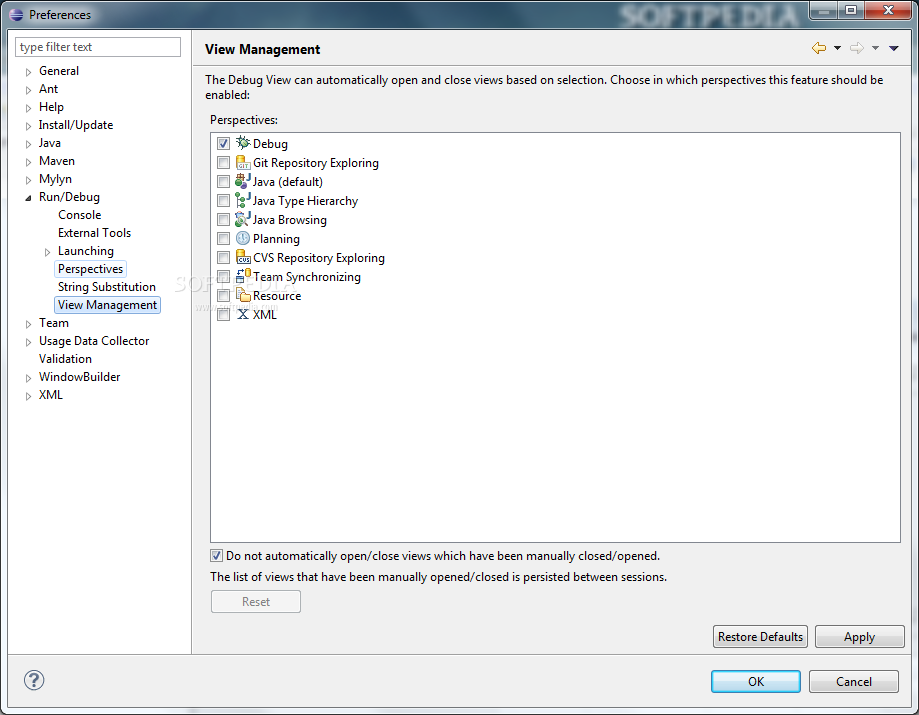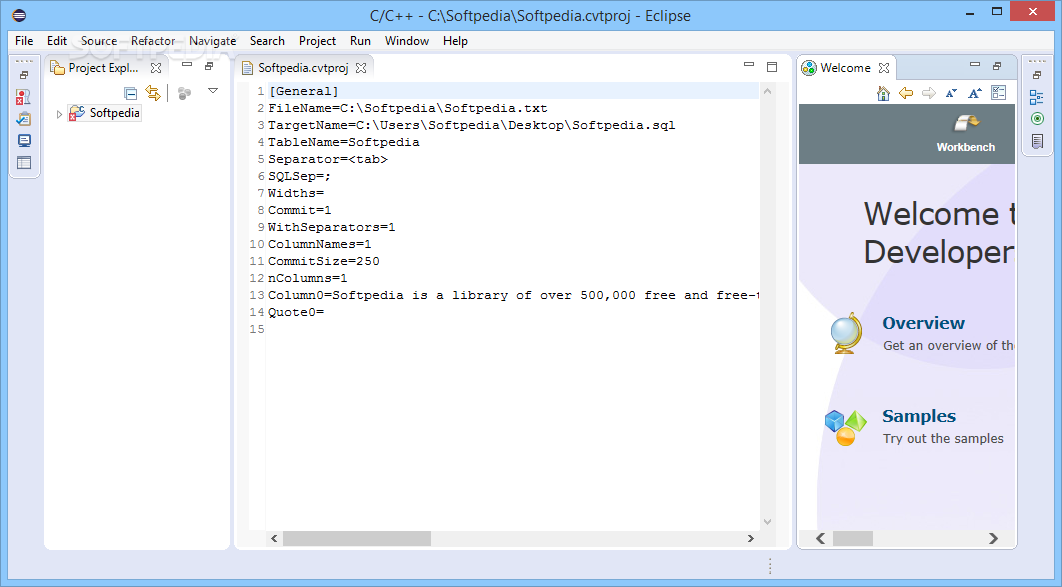


Go to the project download page and download the latest release from the avr-eclipse stable release Package (or from the avr-eclipse beta versions Package if you like to live on the cutting edge). If you do not want to use the Eclipse update manager, you can download the plugin directly from sourceforge and install it yourself. Then enter the updatesite URL into the "Work with:" field. The first method is recommended, but you need the manual download method if you want to try out beta releases or downgrade to an older version of the plugin. Either via the update site or by downloading the plugin manually. There are two ways to download the AVR Eclipse Plugin. If you don't have an AVR-GCC toolchain installed see here on what it is and where to get it. But like the CDT Plugin for Eclipse itself, the AVR Plugin does not include a toolchain, it has to be installed separately before this plugin can be used. It also needs a Java Runtime 6 (or higher).įurthermore you need the AVR-GCC toolchain for AVR cross target development. Eclipse is self contained (does not require installation) and only needs to be unpacked. The Eclipse IDE for C/C++ Developers download package contains a suitable Eclipse IDE for running this plugin. If you do not have Eclipse or a required version go to the downloads page to download the latest version.


Also the C/C++ Development Tools (CDT) Plugin is required to use the AVR Eclipse Plugin. It may still work with Eclipse versions down to 3.4 (Ganymede), however this has not been tested and these antique Eclipse versions are not officially supported. The plugin has been tested with Eclipse 3.6 (Helios) and Eclipse 3.7 (Indigo). The AVR Plugin has been successfully tested with Windows, Linux and Mac OS X.


 0 kommentar(er)
0 kommentar(er)
